Enrollment of Subbaccalaureate Certificate-Seeking Students
The majority of subbaccalaureate certificate–seeking students attended public two-year institutions (71.3 percent), and only 4.9 percent enrolled at public and private nonprofit four-year institutions. For-profit institutions captured 23.8 percent of enrollment—including more than half of American Indian or Alaska Native subbaccalaureate certificate–seeking students (53.8 percent) and 39.5 percent of Black or African American students.
Associate institutions enrolled the largest share of subbaccalaureate certificate–seeking students from all racial and ethnic groups (73.5 percent). Associate institutions enrolled nearly four-fifths of Asian (80.1 percent), White (78.4 percent), and multiracial (76.7 percent) subbaccalaureate certificate–seeking students. Special focus institutions were another major provider for subbaccalaureate certificate–seeking students and enrolled 16.8 percent of the overall student population, with notable shares of Native Hawaiian or other Pacific Islander (39.1 percent) and international (29.3 percent) students. Bachelor’s institutions enrolled 13.7 percent of international and 12.2 percent of American Indian or Alaska Native subbaccalaureate certificate–seeking students.
Report Links
Race and Ethnicity in Higher Education: 2024 Status Report
Chapter Two: Enrollment in Undergraduate Education
Chapter Two Report Download (PDF) 1.5 MB
Chapter Two Data Tables Download (XLSX) 144 KB
Source
U.S. Department of Education, National Postsecondary Student Aid Study, 2020
Data Notes
Data in the first chart reflect subbaccalaureate and postbaccalaureate certificates-seeking student enrollment at public four-year, private nonprofit four-year, public two-year, and for-profit institutions. Institutions were categorized into sectors based upon control of the institution and the length of the predominant award granted.
Data in the second chart reflect subbaccalaureate certificates-seeking student enrollment at institutions that were classified by the 2018 Carnegie Basic Classification.
Detail may not sum to totals because of rounding.
! Interpret with caution. Ratio of standard error to estimate is greater than 30 percent but less than 50 percent.
!! Interpret with caution. Ratio of standard error is greater than 50 percent.
‡ Reporting standards not met

